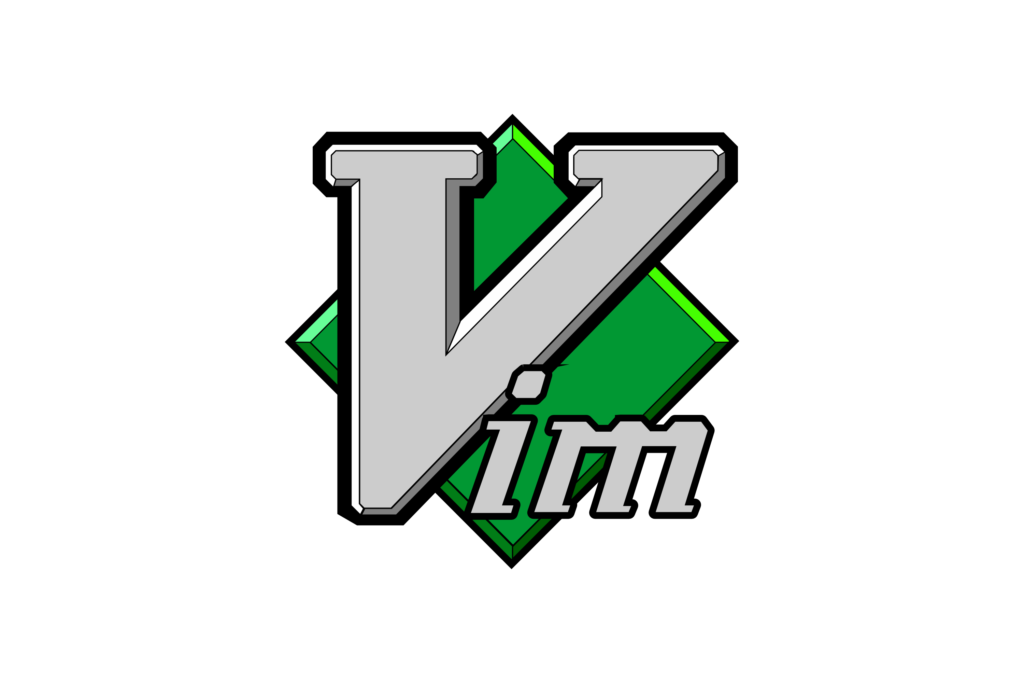Introduction
Programming paradigms are the fundamental principles that shape the way we design and develop software systems. Two dominant paradigms, imperative and declarative programming, have been widely adopted in the software development community. Understanding the differences between these paradigms is crucial for effective software development. Here we will delve into the technical aspects of imperative and declarative programming, highlighting their distinct characteristics, advantages, and disadvantages.
Imperative Programming
Imperative programming is a procedural paradigm that focuses on describing how to perform tasks. It is based on the concept of commands, which explicitly manipulate memory and control flow.
- Procedural: Imperative programming uses procedures (functions) to encapsulate specific tasks. These procedures are executed sequentially, and their execution order is critical to the program’s behavior.
- Mutable state: Variables in imperative programming can change value during program execution, which can lead to complex behavior and bugs.
- Loops and conditionals: Control structures like if-else statements and loops (for, while, do-while) are used to control the flow of execution.
- Functions with side effects: Functions in imperative programming often have side effects, modifying external state or performing input/output operations.
int x = 5;
if (x > 10) {
printf("x is greater than 10\n");
} else {
printf("x is less than or equal to 10\n");
}Declarative Programming
Declarative programming is a functional paradigm that focuses on describing what the program should accomplish, rather than how to accomplish it. It is based on the concept of declarations, which specify relationships between variables and their values.
- Functional: Declarative programming uses pure functions, which take input and produce output without modifying external state or performing side effects.
- Immutable state: Variables in declarative programming are immutable, meaning their values do not change during program execution.
- Higher-order functions: Functions can be passed as arguments to other functions or returned as output from functions.
- Recursion: Recursion is a fundamental concept in declarative programming, where functions call themselves to solve problems.
factorial :: Int -> Int
factorial 0 = 1
factorial n = n * factorial (n-1)Key differences
- Control: Imperative programming controls the flow of execution explicitly, while declarative programming relies on the language’s evaluation mechanism.
- Focus: Imperative programming focuses on the process, while declarative programming focuses on the desired output.
- Reusability: Declarative code is often more modular and reusable due to its functional nature.
- Debugging: Imperative programming can be more challenging to debug due to its mutable state and side effects.
- Concurrency: Declarative programming is more amenable to concurrency and parallelism due to its immutable state and functional nature.
Examples
Imperative Programming Example:
Task: Calculate the sum of an array of numbers
Code (JavaScript):
let sum = 0;
for (let i = 0; i < arr.length; i++) {
sum += arr[i];
}
console.log(sum);In this example, we explicitly iterate through the array, add each element to the sum, and log the final result. This is an imperative approach, as we’re specifying the exact steps to achieve the desired outcome.
Declarative Programming Example:
Task: Calculate the sum of an array of numbers
Code (SQL):
SELECT SUM(*) FROM arr;In this example, we simply declare what we want to achieve (the sum of the array) without specifying how to do it. The database engine figures out the most efficient way to compute the sum. This is a declarative approach, as we’re focusing on the desired output rather than the steps to achieve it.
Note: These examples are simplified and not directly comparable, but they illustrate the fundamental difference between imperative and declarative programming.
Advantages and Disadvantages
Imperative Programming
Advantages:
- Efficient for tasks that require direct memory manipulation
- Suitable for systems programming and low-level operations
Disadvantages:
- Prone to bugs and errors due to mutable state and side effects
- Difficult to reason about and debug
Declarative Programming
Advantages:
- Encourages modular and reusable code
- Easier to reason about and debug due to immutable state and functional nature
Disadvantages:
- May be less efficient for tasks that require direct memory manipulation
- Can be challenging to learn and master for beginners
Conclusion
In conclusion, imperative and declarative programming are two distinct paradigms that offer different approaches to software development. Understanding the technical aspects of these paradigms is crucial for effective software development. While imperative programming is suitable for tasks that require direct memory manipulation, declarative programming is more amenable to concurrency and parallelism, and encourages modular and reusable code. By choosing the appropriate paradigm for the task at hand, developers can write more efficient, maintainable, and scalable software systems.


